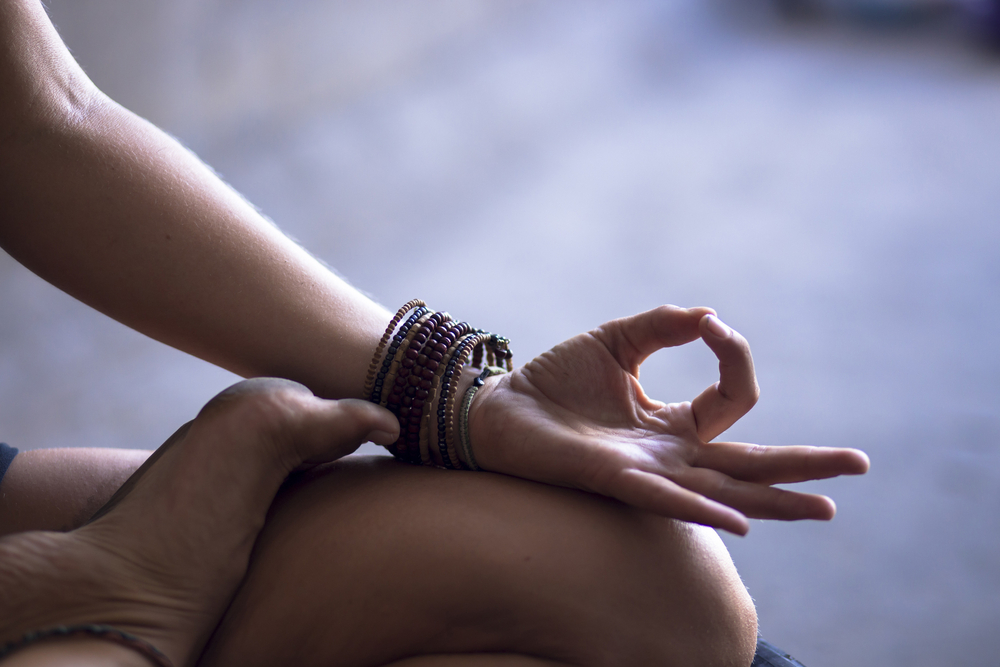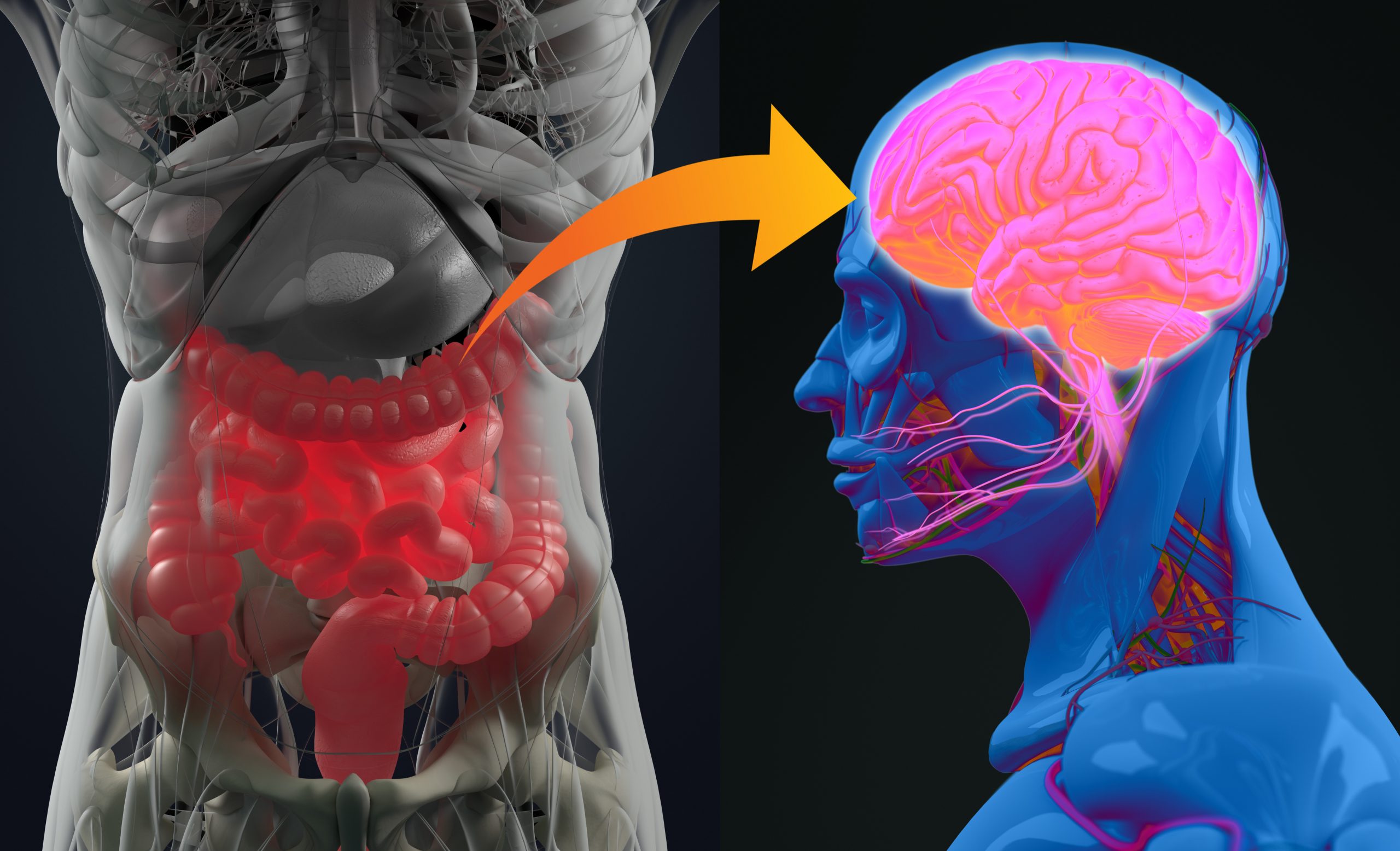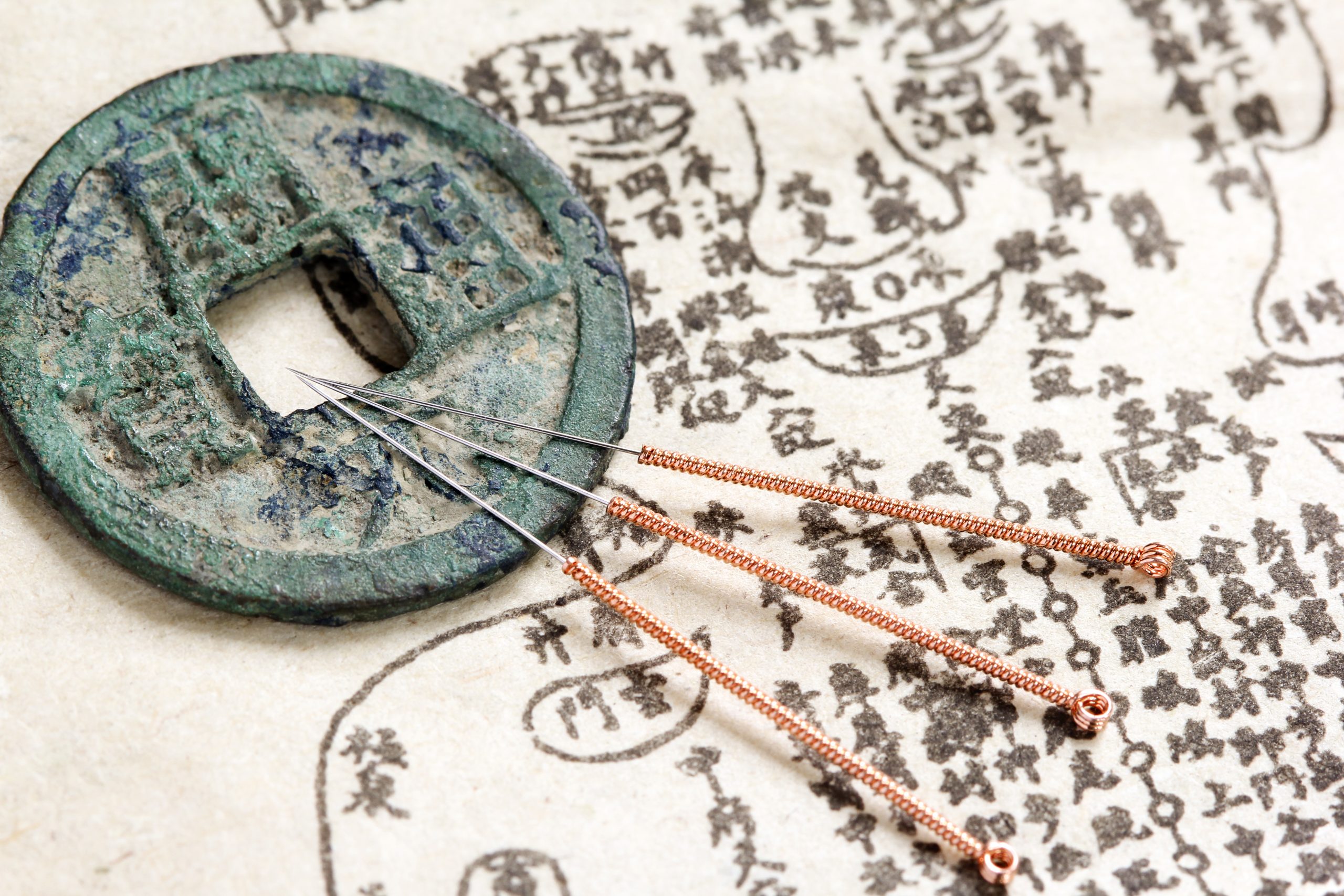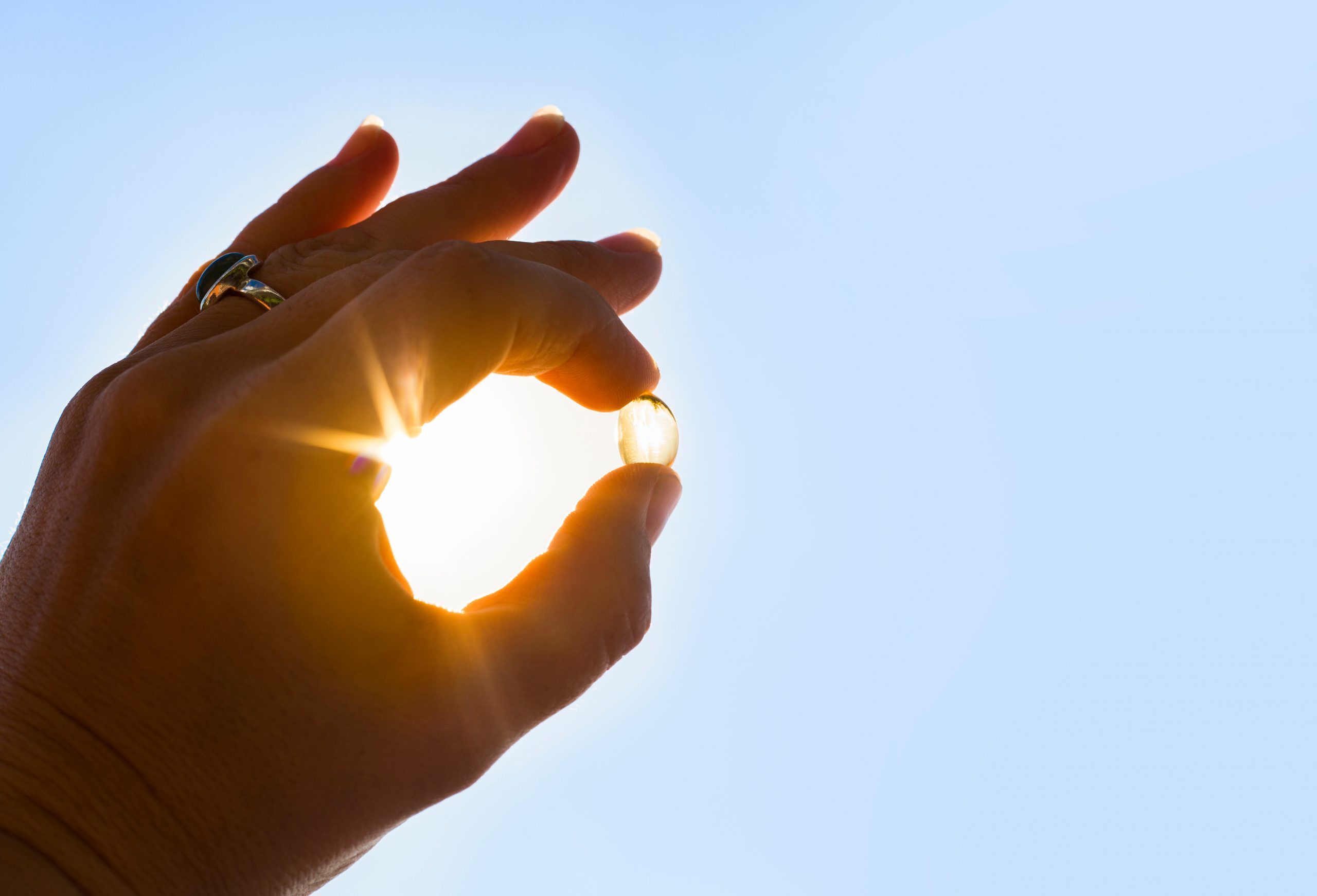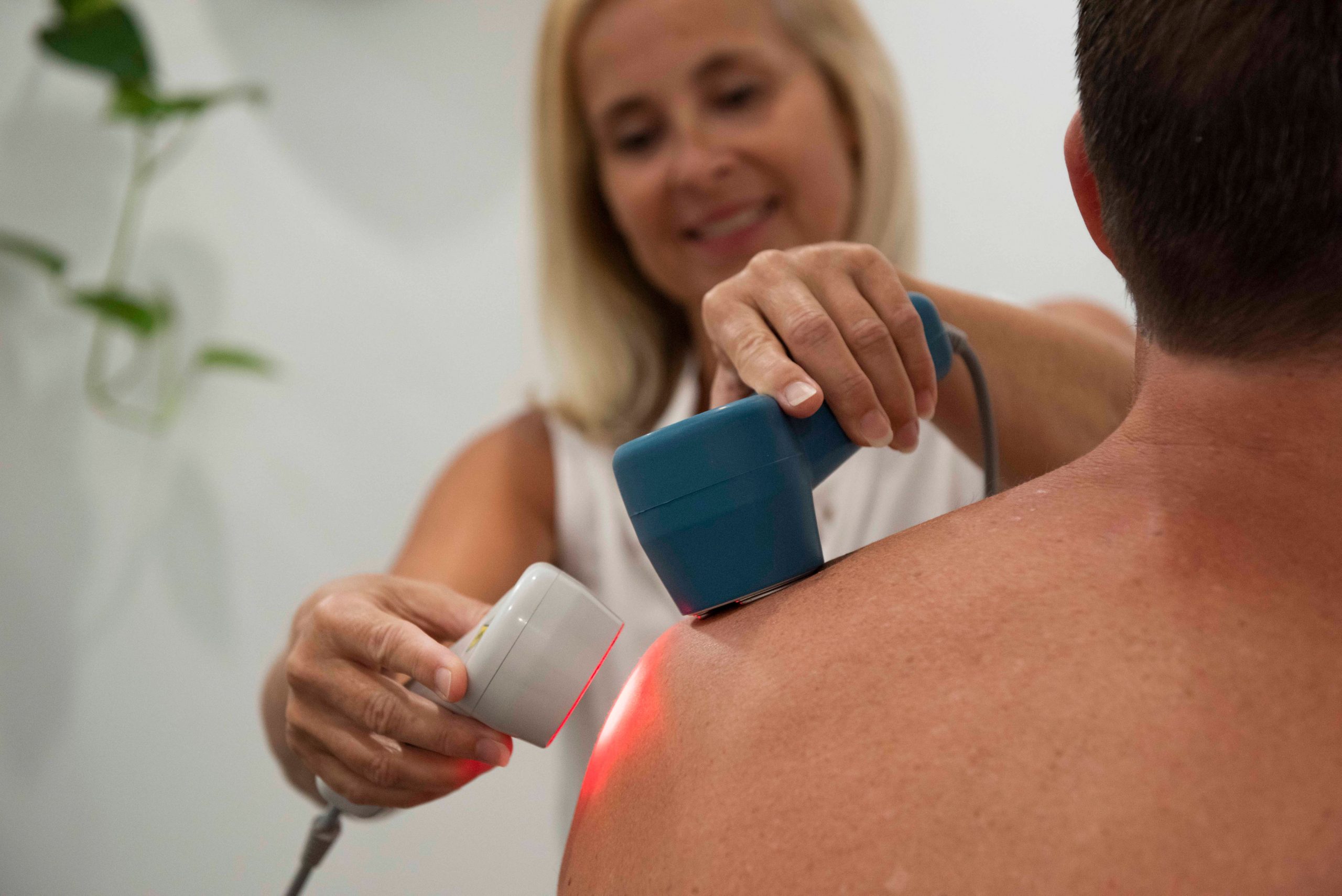[spb_text_block animation=”none” animation_delay=”0″ simplified_controls=”yes” custom_css_percentage=”no” padding_vertical=”0″ padding_horizontal=”0″ margin_vertical=”0″ custom_css=”margin-top: 0px;margin-bottom: 0px;” border_size=”0″ border_styling_global=”default” width=”1/1″ el_position=”first last”]
These are emotionally volatile times, on both a personal and collective level and yet, in the face of such uncertainty, what I am experiencing and witnessing in others is that we are becoming aware of the value of true connection.
Appropriate social distancing is serving, not only to reduce the spread of COVID-19, it is affording the time for each of us to go within, to step into ‘a room of one’s own’ and clear the space inside. As we set ourselves apart from one another and the routines that keep us in the momentum of our busy lives, we are being offered a beautiful opportunity to become present to what each moment is asking of us. Yes, some letting go is necessary, and I have found myself asking, what is essential? Toilet paper is debatable 🙂 but what about some of the clutter inside that keeps us too busy to be silent and receptive?
Many of the systems that uphold our current state of human interaction are no longer supportive. As we take the time globally to retreat, to flatten the curve by honouring social distancing guidelines, we are seeing many of these systems come to a halt. What can we let go of personally in order to make room for creativity, expansion and for new ways of being?
Is there a space in your home, your room, your being, where you can begin to create a place of stillness from which you can meet the sacred every day? It is from here that we will cultivate the energy to face our fears and difficulties. It is from here that the power of our intention to be with one another in this difficult time makes ‘distance’ non existent.
From the solitude of your own home, I invite you to set aside time for silence, for meditation and to breathe a conscious breath.
NERVOUS SYSTEM BALANCING KRIYA AND PRANAYAMA SET
Derived from the sanskrit root, Kri meaning ‘action, or to do’ and Ya, another name for ‘Atman, or soul’, kriya is ‘action that leads to expansion, evolution and liberation’. It is a specific practice that allows the body to increasingly hold and sustain energy and to harmonise deeply with the energy of the universe. For those who find seated meditation difficult, the practice of kriya is a powerful way to experience a meditative state through movement, using specific gestures, known as mudras.
Mudras explained
A mudra is a physical expression that creates an energetic shift in the physical, mental and energetic body by guiding energy flow through the body and facilitating reflexes in the brain. Most mudras involve hand postures, with each finger representing an element, an organ, a body system and an energetic centre, or chakra. By applying light pressure to these areas of the hand, we are activating corresponding regions in the brain, improving fine motor skills and enlivening, or balancing, the qualities represented by each of these points . Other examples of mudras are eye positions, body postures and breathing techniques. The effect of using mudras has been shown to be both immediate and long term and are most beneficial when practiced for an extended period of time.
Pranayama explained
Pranayama can be understood as the practice of embodying a state from which we are experiencing our personal reality to be in alignment with natures’ highest intelligence. In the context of yoga, pranayama is the practice of breath control, whereby prana, meaning life force, is accessed through the breath. It is here, with access to this force within the body, that we can begin to invite our dominant point of awareness to lie beyond the mind, rather than within the mind. As we deepen our contact with this no mind state, we awaken our ability to recognise our ‘self’ as something other than our thoughts, opinions and belief systems.
The practice of kriya and pranayama supports our physiology by activating the healing faculties of our autonomic nervous system. Increasing the tone of the vagus nerve, reducing the arousal level of the sympathetic (fight, flight, fright) branch of the nervous system, oxygenating the mitochondria that improve immune cell regulation and reducing chronic inflammation are some of the mechanisms by which these practices support us in developing resilient immune systems and being adapting to our environment, physically and mentally.
The benefits of these techniques are particularly relevant as we transition seasonally, into the cooler months that Autumn brings and in this time that has seen so many of us transition also into new ways of working, engaging with our community, and relating to our loved ones.
Prana Apana
This meditative kriya practice is stabilising and harmonising for the physical, mental and energetic body. Prana is an upward moving, expansive energy. It is uplifting, energising and strengthening to our respiratory and circulatory system. Apana is a downward moving energy force. It is grounding and detoxifying, supportive to a healthy digestive system. The distinct qualities of prana and apana are accessed in this kriya, offering a greater experience of receptivity to our environment and an ability to release, to detoxify, the mental and physical body.
[/spb_text_block] [spb_video element_name=”Prana Apana” link=”https://www.youtube.com/watch?v=WHWPMegXFBE” remove_related=”no” autoplay=”no” full_width=”no” width=”1/1″ el_position=”first last”] [spb_blank_spacer height=”30px” width=”1/1″ el_position=”first last”] [spb_text_block animation=”none” animation_delay=”0″ simplified_controls=”yes” custom_css_percentage=”no” padding_vertical=”0″ padding_horizontal=”0″ margin_vertical=”0″ custom_css=”margin-top: 0px;margin-bottom: 0px;” border_size=”0″ border_styling_global=”default” width=”1/1″ el_position=”first last”]
Pran mudra
Connect the tip of the pinkie finger and the tip of the ring finger with the thumb. The two other fingers are straight. The palm faces upwards.
Apan mudra
Unite the tip of the ring finger and the tip of the middle finger with the thumb. The pinkie and index finger remain straight. The palm faces downwards.
- Begin the kriya seated with the legs crossed, or in a chair, with both legs firmly planted on the ground.
- With the spine tall and shoulders gently drawn back, rest the hands on the knees.
- Close the eyes. Focus the gaze at the third eye, between the eyebrows. Take a deep inhalation and a gentle exhalation.
- On your next inhalation, bring your hands into pran mudra, palms facing upwards.
- On your next exhalation, bring your hands in apan mudra, palms facing downwards.
- The breath is smooth and stable.
- Feel the inner energy rising and expanding as you inhale and centring, grounding and integrating as you exhale.
Practice this technique for a minimum of 3 minutes as part of this breath set or, you may wish to practice this technique on its own as a meditation, for a minimum of 12-15 minutes.
Alom Vilom
A pranayama technique for balancing, centering and grounding, this calming practice will bring you into a deeper state of connection with your breath and with your inner self. Alternate nostril breathing is known to improve respiratory and cardiovascular health as a result of activating the parasympathetic branch of the nervous system. The practice of alternating breath through the left and the right nostril balances the left and right hemispheres of the brain and is excellent for dampening an overactive stress response.
This technique can be challenging to begin with and you may encounter some resistance or discomfort as you build towards finding ease in the control of your breath. Support yourself by perhaps reducing the count from 10 seconds down to 4 seconds initially. You may feel that one nostril is more congested than the other. Continue with the technique and be patient with yourself, this will normalise as you practice the internal breath retention.
- Begin seated with your legs crossed, spine tall and shoulders relaxed.
- Inhale deeply and exhale fully through both nostrils, closing the eyes.
- Bring the index and middle finger of your right hand to the third eye, between the eyebrows. You will use the thumb to close the right nostril and the ring finger to close the left nostril.
- Close the right nostril, inhale slowly, for a count of ten through the left nostril.
- Close both nostrils, hold the breath in for a count of ten.
- Open the right nostril, exhale for a count of ten.
- Inhale through the right nostril, count of ten.
- Close both nostrils, hold the breath in, count of ten.
- Exhale through the left nostril, count of ten.
- Continue, inhaling through the left, closing both nostrils as you hold, exhaling through the right, inhaling through the right, closing both nostrils as you hold, exhaling through the left.
Shuka Shunya
This is a deeply meditative kriya for grounding you in the depth of your being and increasing your access to silence. A powerful technique for correcting the physiological effects of stress, it is supportive of a healthy brain and nervous system and balances the qualities of ‘vata’. Vata represents the element composed of space and air. It is the element that governs the activity of the nervous system and when imbalanced can manifest as an overactive mind, difficulty sitting still and a tendency towards digestive issues, nervousness or anxiety.
Initially, you may find it challenging to alternate between the mouth and the nose to complete a full inhalation and a full exhalation. Start slowly, adjust accordingly and most importantly, stay with the practice. Your body will begin to find an easy, natural rhythm that will allow you to access the healing benefits of this technique.
- Begin by closing the eyes and focusing at the third eye, taking one big inhalation, and then one big exhalation.
- Taking an 8 part inhalation, sip in small amounts of air, alternating between the mouth and the nose.
- As you come to the top of the inhalation, hold the breath in for as long as comfortable.
- Exhale in 8 portions, alternating between the nose and the mouth, holding the breath out at the end of exhalation.
- Continue, an 8 part inhalation, hold for as long as possible, 8 part exhalation.
- Practice this technique for a minimum of 8 minutes as part of this breath set or for a minimum of 12-15 minutes daily as a meditation.
For those who are interested to know more about Sattva yoga teachings and the transformative healing power of your breath I invite you to practice a Himalayan breathwork session online with me on Thursday 14th May at 6pm. One on one sessions are available to those wishing to develop a personalised self practice. Please email me here if you are interested.
The above techniques are shared in love and gratitude to my teacher, Anand Mehrotra, and the Sattva Himalayan Yoga-Vedantic tradition.
[/spb_text_block] [spb_video element_name=”Shuka Shunya” link=”https://www.youtube.com/watch?v=hQg4RLxcNzo” remove_related=”no” autoplay=”no” full_width=”no” width=”1/1″ el_position=”first last”] [spb_blank_spacer height=”30px” width=”1/1″ el_position=”first last”] [spb_text_block animation=”none” animation_delay=”0″ simplified_controls=”yes” custom_css_percentage=”no” padding_vertical=”0″ padding_horizontal=”0″ margin_vertical=”0″ custom_css=”margin-top: 0px;margin-bottom: 0px;” border_size=”0″ border_styling_global=”default” width=”1/1″ el_position=”first last”]
Bryony Sullivan
[/spb_text_block]
